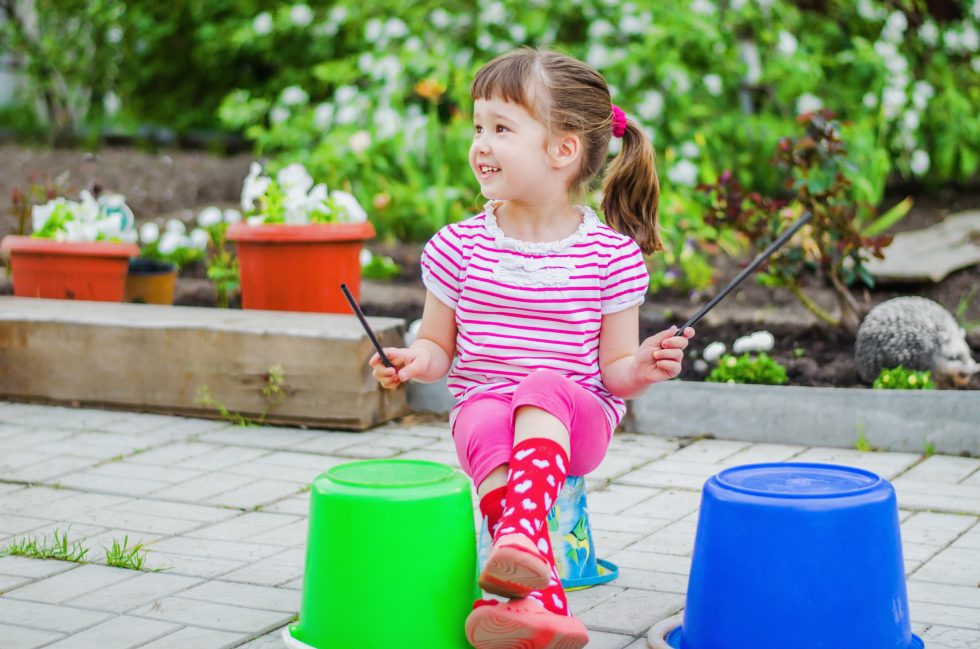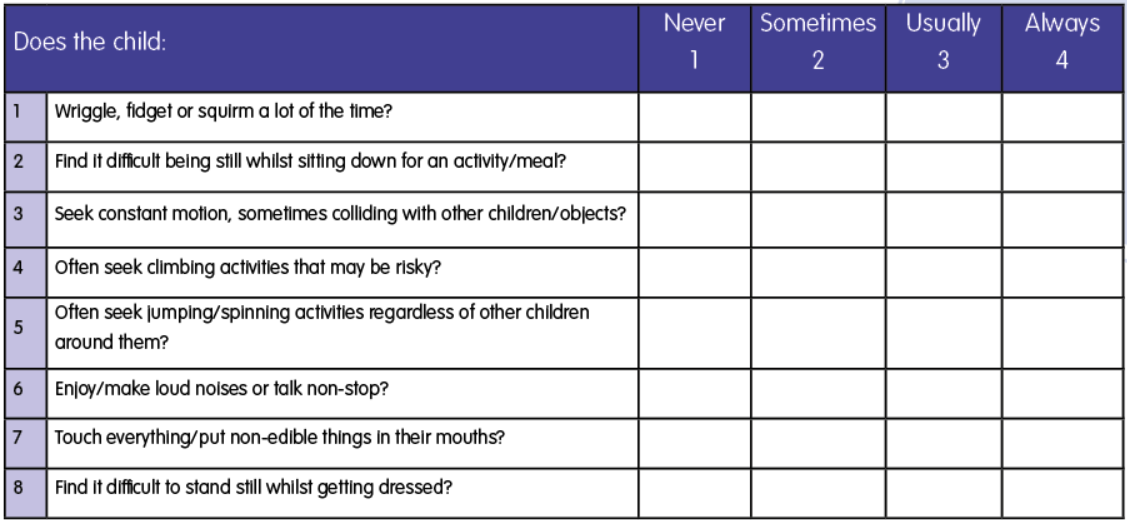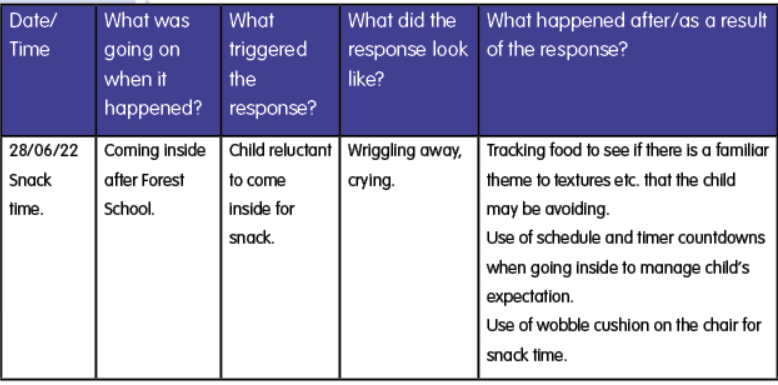
Supporting sensory-seeking children in your setting
Do you have children in your setting who come across as rough or a little wild? If you do, these children could be showing signs of sensory-seeking behaviour. Whilst children generally enjoy physical activity, some may have a great deal of excess energy.
Sensory-seeking children will want to move! Their need for sensory input means that they may find it difficult being still for long.
The following questionnaire may indicate a child’s sensory-seeking needs:

Scoring 3 or 4 means a child will need a lot of outlets for their energy.
When a child has sensory-seeking needs, it is more challenging for them to keep still without fidgeting and squirming. But the good news is that if sensory-seeking children are given plenty of opportunities to get the sensory input they are craving, this will help with their overall sensory needs.
What sensory-seeking may look like
Example A
James is 4 and finds it very difficult to sit down and listen to stories with other children. During story-time he is always fidgety and sometimes gets up and wanders off.
How can James be supported?
First, it is important to remember that sensory needs are a form of communication and have been likened to an unbearable ‘itch’ that will only go when it is ‘scratched’. If James does not get the movement he is seeking, he will seek it out in other ways. Frustration can creep in because James will have a strong feeling that he needs to do something, but he doesn’t know what that is.
Try the following:
Give James time to enjoy some active movement before story-time, such as running, jumping, spinning and swinging. Follow this up with some more calming activities, where he can engage his muscles and joints with some heavy work activities, such as pulling, pushing or crawling. These are all tiring on the muscles and joints and can help in calming James down towards story time.
Example B
Sara is 3 and often puts non-edible items in her mouth and on occasion will bite other children.
How can Sara be supported?
Again, Sara may be responding to an unbearable ‘itch’, seeking oral feedback to help ‘scratch’ that itch. Children who are oral-seeking like the feel and texture of things in their mouth. They may well be biting because they are seeking that sensory input through their jaw which gives them a calming feeling.
Try the following:
Offer sensory chew toys such as a chew noodle. Offer crunchy food such as apple or carrots. Crunchy snacks and having access to a chew (e.g., having one on a necklace) can be helpful preventative measures. Redirect to these options when the child bites or chews on inappropriate things rather than disciplining and always praise for using the appropriate item.
Triggers and tracking for sensory responses
It is always useful to know what triggers a sensory response. Use the following chart to keep an eye on triggers, responses and what worked best for the child. Observation is key. Stop and assess! Ask questions. Is the response due to a different environment or a new demand? Is it a repetitive response? What are the triggers to the response? It is always good to get a professional opinion if you are worried.
Triggers and Tracking Chart (with example)

Last word
It is important to realise that whole group sensory activities can be hugely beneficial to help with low alert levels (a room full of sleepy looking or unfocused children with lots of yawns, wriggles etc.) or with a sudden rise in the noise level that is difficult to contain. Low alert levels can be raised with movement breaks, and high alert levels can be lowered through other types of physical activity, e.g., heavy work activities or deep pressure.
Observing and supporting individual or group alertness and physical activity in the room can remove a lot of stress, both from a child’s and adult’s point of view. The key point to remember is that sensory-seeking behaviour can often appear ‘naughty’ when in fact it is an ‘itch’ that needs ‘scratching’. When adults find out what is ‘itching’ the child, they can then support the child in alternative and beneficial ways to relieve that itch. In this way, the child can interact, take part and enjoy their learning alongside their peers.
It’s a win-win situation!
This article was originally published in Parenta magazine.
Further Reading
Get in Touch
Have any questions?
We’d love to hear from you!





